
Creating an Eco-Friendly Design
As we become more aware of the impact that our actions have on the environment, many of us are seeking ways to live more sustainably. One area where we can make a significant difference is in the design of our homes. By incorporating sustainable design principles into our interior design, we can create a living space that is not only beautiful but also eco-friendly.
In this article, we'll explore some key aspects of sustainable interior design and how you can use them to create a more sustainable home.
What is the difference between Sustainable Design and Eco-friendly Design?
Sustainable interior design is the practice of designing interior spaces that have a reduced environmental impact. This approach focuses on using materials and design techniques that are environmentally friendly, as well as improving indoor air quality and energy efficiency.
The eco-friendly design focuses on reducing environmental impact through the use of eco-friendly materials and practices. Sustainable design takes a broader approach, incorporating not only eco-friendly materials but also energy efficiency, waste reduction, and social responsibility.
The four main areas of sustainable design include:
1. Environmental sustainability
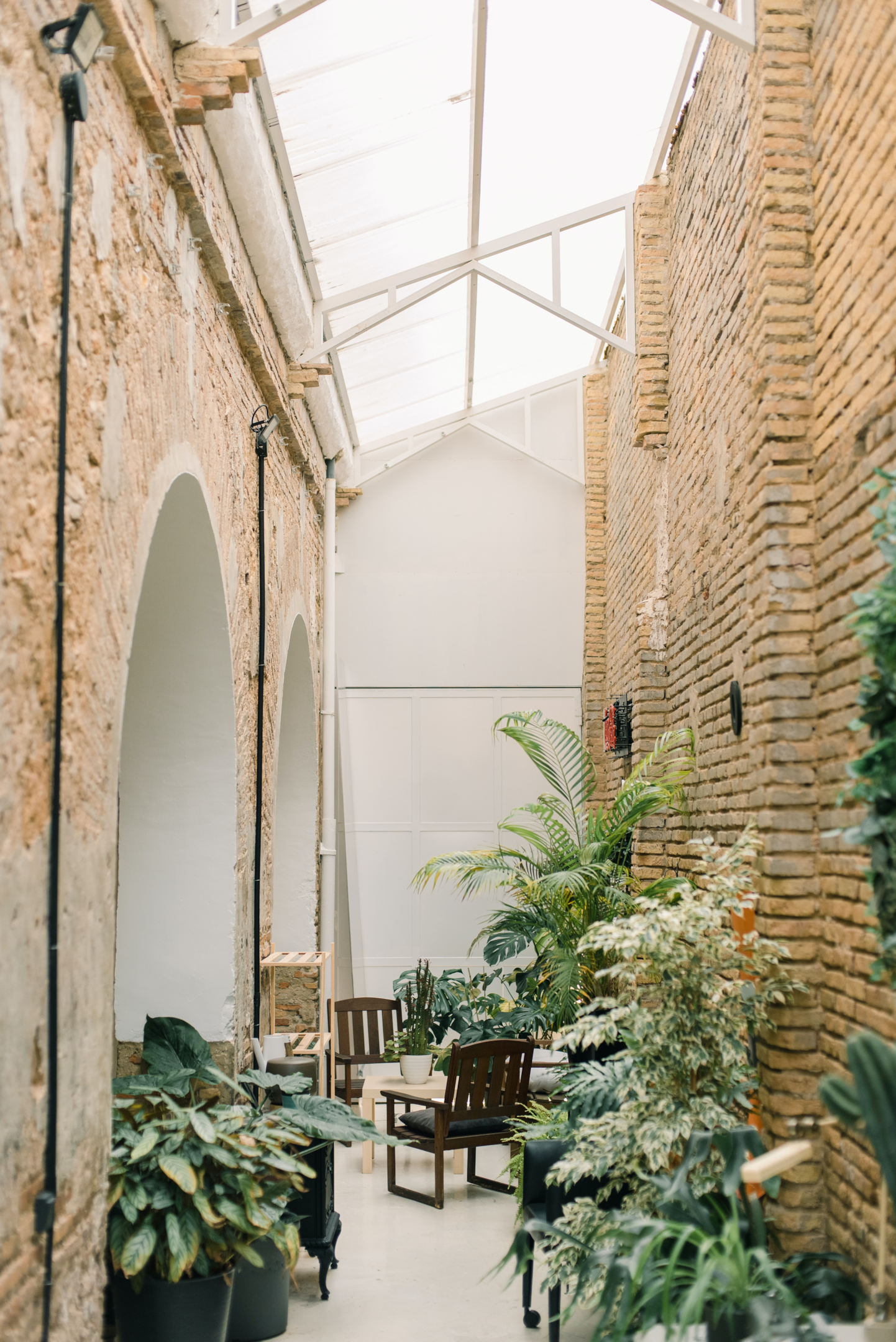
Environmental sustainability is an important aspect of sustainable design. It refers to the responsible use and management of natural resources, including energy, water, and materials, to reduce the negative impact of human activities on the environment. Environmental sustainability in sustainable design means designing products, buildings, and systems that are efficient, minimize waste, and promote the use of renewable resources. It involves considering the environmental impact of all design decisions, from the choice of materials to the energy use and disposal of the end product.
For example, in interior design, environmentally sustainable practices may involve choosing materials that are renewable or recyclable, reducing energy consumption through the use of natural lighting and efficient heating and cooling systems, and implementing waste reduction and recycling programs. Additionally, incorporating plants and greenery in interior design can not only add aesthetic appeal but also improve air quality and promote environmental sustainability.
Overall, environmental sustainability is a crucial aspect of sustainable design, as it focuses on reducing the negative impact of human activities on the planet while promoting more responsible use and management of natural resources.
2. Social sustainability
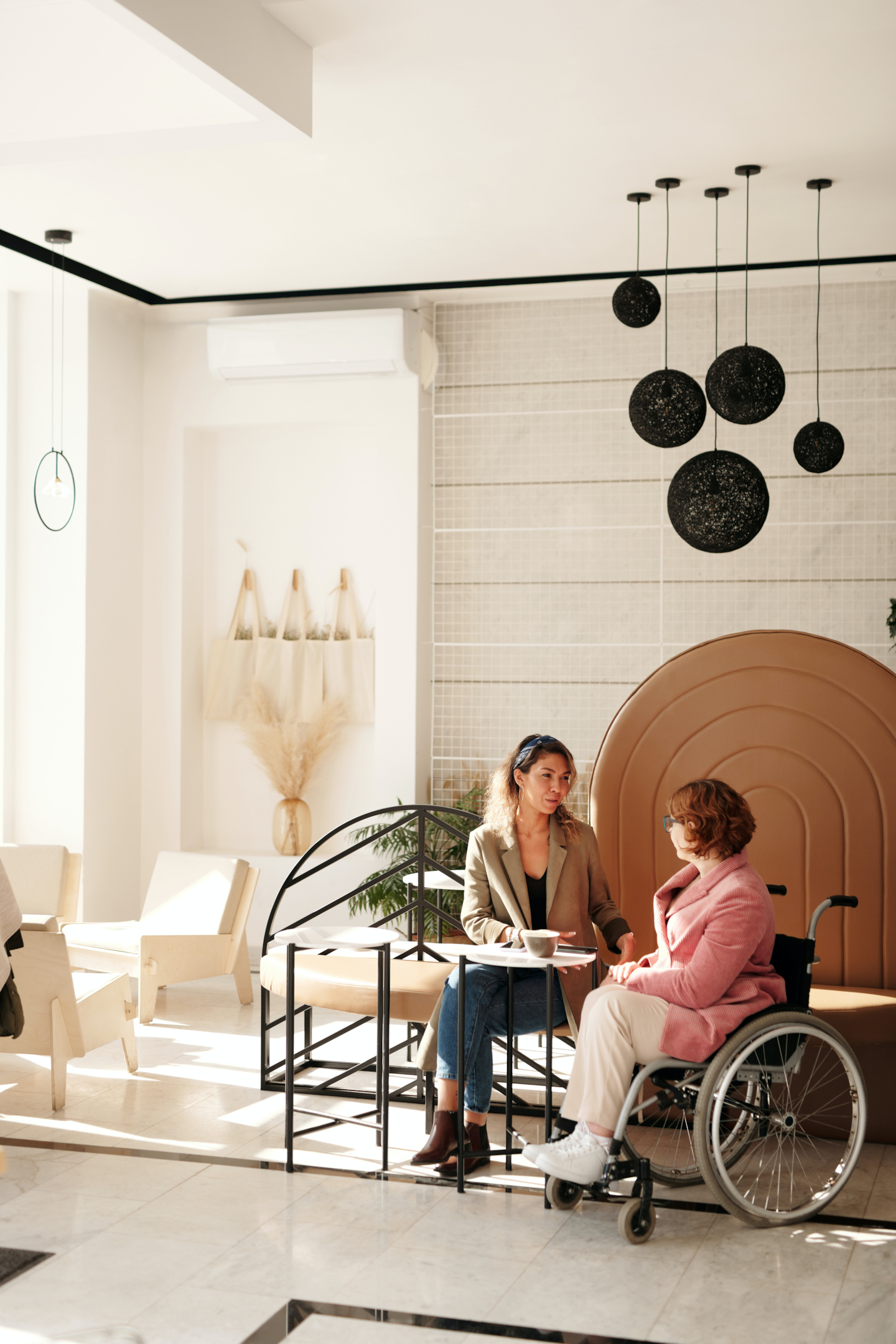
Social sustainability is another important aspect of sustainable design, alongside environmental and economic sustainability. It refers to designing products, buildings, and systems that promote social well-being, social equity, and community engagement. Social sustainability in sustainable design means creating designs that prioritize people's health, safety, and comfort while also addressing social and economic inequalities.
Social sustainability may involve designing spaces that are accessible to all, regardless of physical ability, age, or socioeconomic status. It may also involve creating spaces that foster social connections and promote community engagement, such as common areas in multifamily buildings or shared workspaces. Additionally, social sustainability may involve the use of fair labour practices and the promotion of diversity and inclusion in the design and construction industry.
Social sustainability in sustainable design is about creating designs that benefit all members of society, promote social equity and inclusion, and contribute to the overall well-being of individuals and communities. It is an essential aspect of sustainable design that goes beyond environmental and economic considerations, recognizing the importance of social factors in creating a sustainable and just world.
3. Economic sustainability
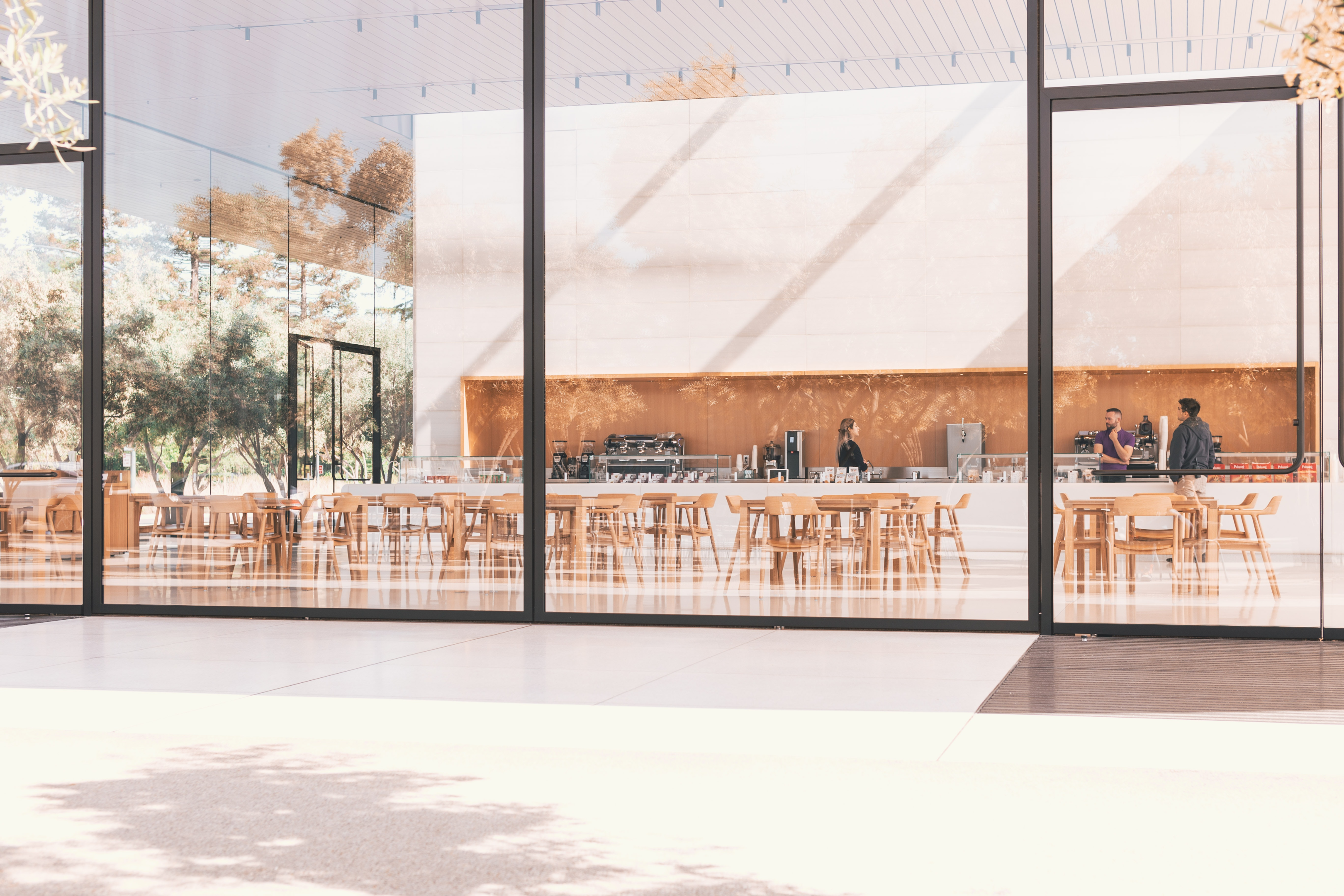
Economic sustainability is an important aspect of sustainable design that focuses on the long-term economic viability of products, buildings, and systems. It refers to creating designs that balance economic growth, environmental protection, and social well-being. Economic sustainability in sustainable design means designing products and systems that are economically efficient, financially viable, and socially responsible.
Economic sustainability may involve selecting materials and finishes that are durable and long-lasting, reducing maintenance and replacement costs. It may also involve using energy-efficient lighting and HVAC systems, reducing energy consumption and lowering utility bills. Additionally, economic sustainability in sustainable design may involve implementing sustainable building practices that increase property values and reduce operating costs.
It's about creating designs that provide long-term economic benefits and contribute to a more sustainable and resilient economy. It recognizes that sustainable design is not just about environmental and social considerations but also about ensuring that designs are financially viable and contribute to economic growth and prosperity.
4. Cultural sustainability
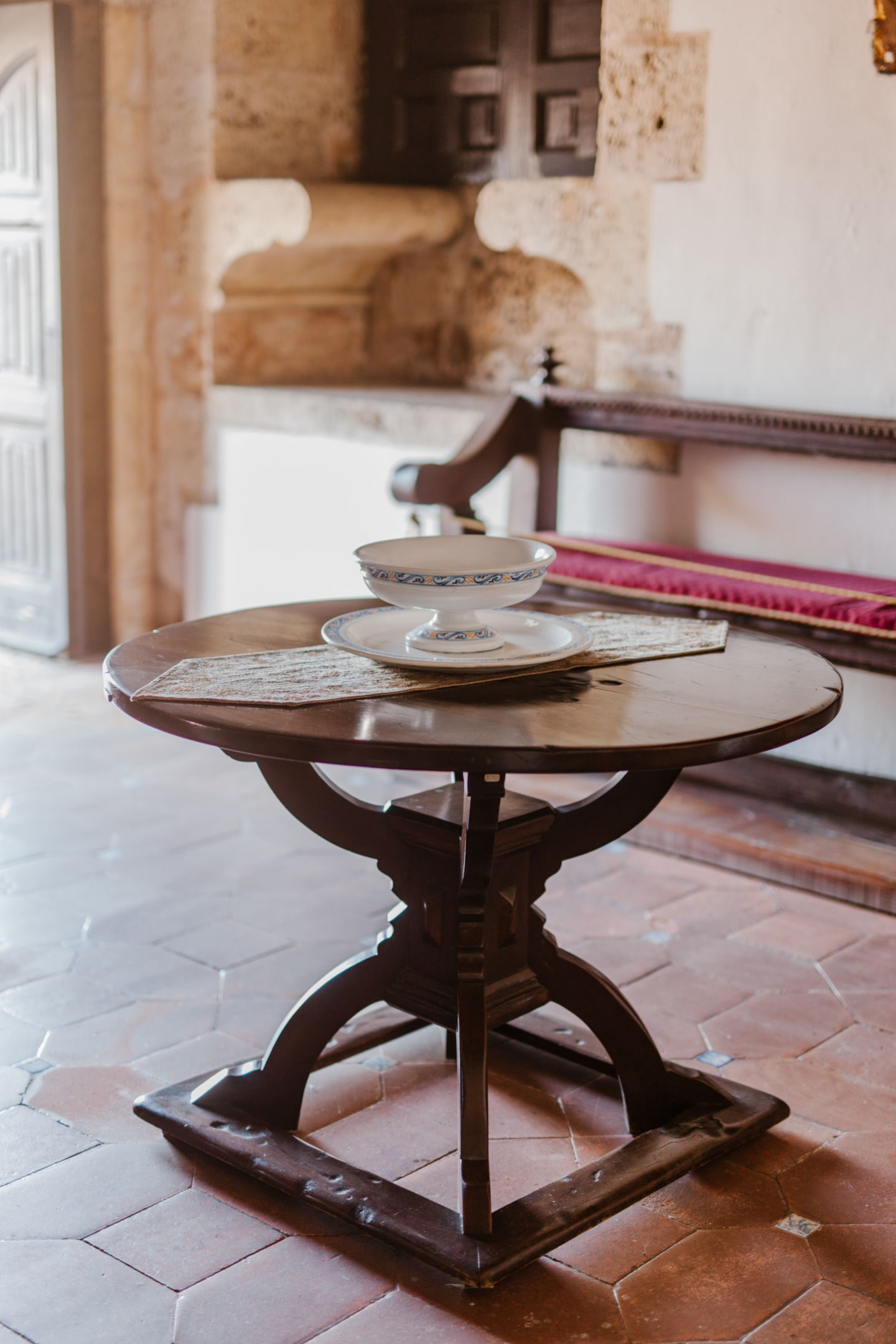
Cultural sustainability is an important aspect of sustainable design that focuses on the preservation and promotion of cultural heritage and diversity. It involves creating designs that respect and celebrate the cultural identity, values, and traditions of local communities. Cultural sustainability is sustainable design means designing products, buildings, and systems that are rooted in local cultures, use local resources, and are appropriate to local contexts.
In the context of interior design, cultural sustainability for interior designers may involve incorporating traditional design elements, materials, and techniques that reflect the local cultural heritage. It may also involve working with local artisans and craftspeople to create unique and authentic designs that celebrate local traditions and skills. Additionally, cultural sustainability in sustainable design may involve creating spaces that are inclusive and respectful of diverse cultural backgrounds, promoting cultural exchange and understanding.
Cultural sustainability in sustainable design is about creating designs that respect and celebrate cultural diversity, promote cultural heritage, and contribute to the preservation of local knowledge and traditions. It recognizes the importance of cultural identity and heritage in creating sustainable and livable communities, and the need to integrate cultural values and practices into sustainable design solutions.
What is Biophilic Interior Design?
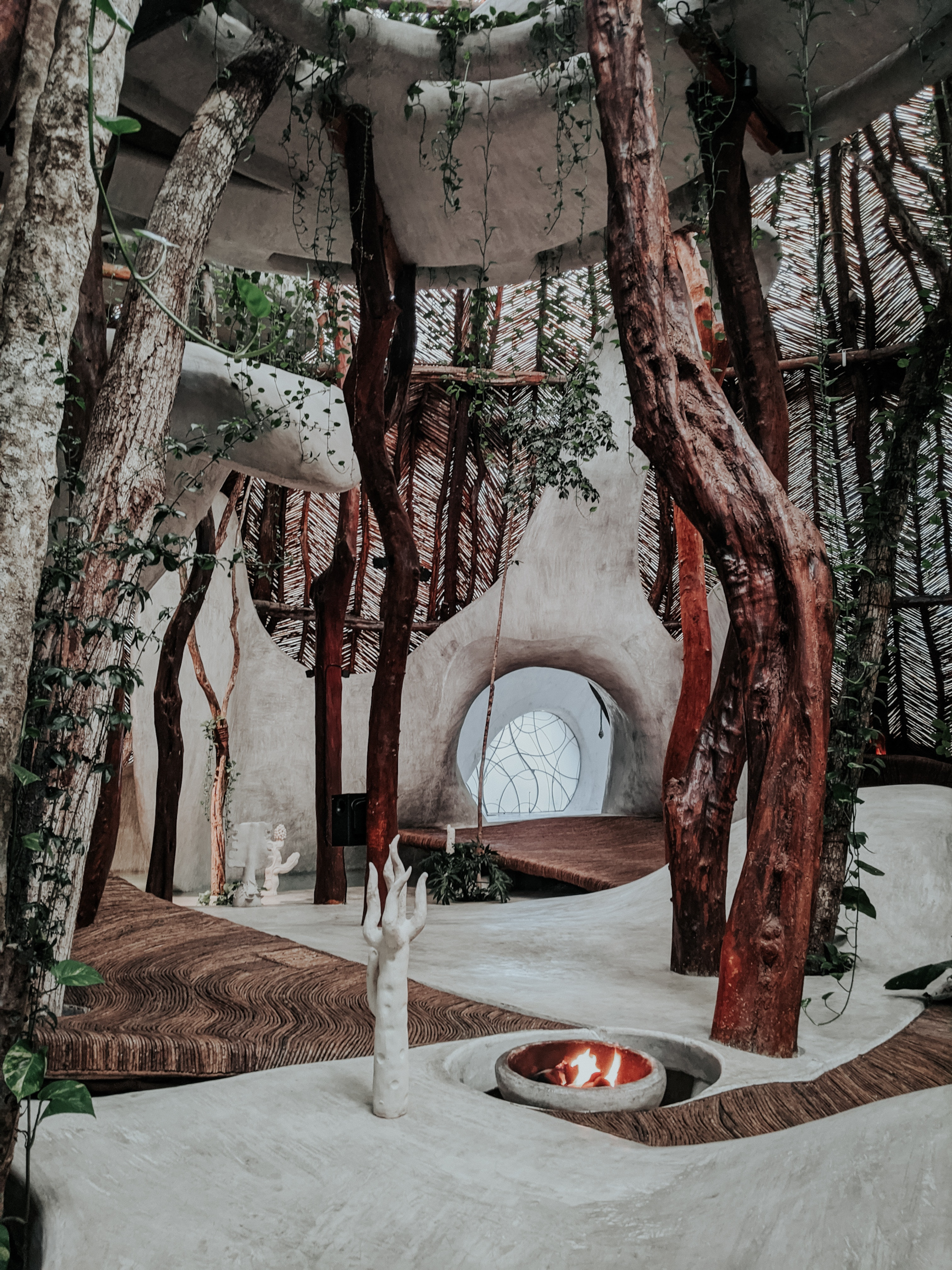
Biophilic interior design is a design approach that incorporates nature into interior spaces. This can include the use of natural materials, colours, and textures, as well as the inclusion of living plants and other natural elements.
Biophilic design has been shown to have a positive impact on mental health and well-being, as well as reducing stress and promoting productivity.
What are the Benefits of Eco-Friendly/Sustainable Interior Design?
There are many benefits to eco-friendly/sustainable interior design, including:
- Reduced carbon emissions and environmental impact: By using sustainable materials and reducing energy consumption, you can reduce your carbon footprint and contribute to a healthier planet.
- Improved indoor air quality: By choosing materials that are low in VOCs and improving indoor air pollution and ventilation, you can create a healthier living environment.
- Cost savings: Energy-efficient appliances and lighting can help reduce your utility bills and save you money in the long run.
- Improved well-being: Biophilic interior design has been shown to have a positive impact on mental health and well-being.
How Can Interior Design Be Sustainable? How can I make my Interior Eco-friendly?
Interior design can be sustainable by incorporating sustainable design principles and practices. Here are some ways to make interior design more sustainable:
1. Use sustainable materials: As we mentioned earlier, using sustainable materials is an essential aspect of sustainable interior design. When selecting materials, look for those that have a low environmental impact and are eco-friendly. Some examples of sustainable materials include bamboo, cork, reclaimed wood, and recycled metal.
2. Improve Indoor Air Quality: Indoor air quality is essential for a healthy living environment. Selecting low VOC (volatile organic compounds) paint, natural fibre carpets, and furniture without harmful chemicals can help to improve indoor air quality.
3. Incorporate Natural Light: Maximizing natural light reduces the need for artificial lighting and saves energy. The use of natural over artificial light also improves mood, productivity, and overall well-being.
4. Energy Efficiency: Incorporating energy-efficient appliances, such as LED lighting, solar panels, and smart thermostats, can help reduce energy consumption.
5. Reduce Environmental Impact: Design with the environment in mind. Choose materials and products that have a low environmental impact and reduce waste. Recycle or keep recycled waste and repurpose materials where possible.
Here are some examples of more sustainable interior design ideas:
1. Use of recycled materials: Recycled materials such as reclaimed wood, recycled metal, and salvaged materials can be used in flooring, furniture, and accent pieces.
2. Use of natural materials: Natural materials such as bamboo organic cotton, cork, and wool are sustainable and have a low environmental impact. These materials can be used for flooring, wall coverings, and furniture.
3. Upcycling: Upcycling is the process of transforming waste materials or unwanted products into new products. Upcycling can be used in furniture, lighting fixtures, and vintage furniture and accessories.
4. Energy-efficient lighting: Energy-efficient lighting such as LED and CFL bulbs can be used to reduce energy consumption.
Conclusion
Sustainable interior design is a way of creating a healthy living environment while reducing the impact on the environment. By incorporating sustainable design principles and practices, interior design can be both aesthetically pleasing and eco-friendly. Remember to consider using sustainable furniture and materials, improve indoor air quality, incorporate natural light, prioritize energy efficiency, and reduce environmental impact. When looking for a sustainable interior designer, do your research and choose one that shares your values and priorities!
Interested in Eco-Art and/or how to make your Art Business Eco-Friendly? Read our previous blog posts on The Complete Guide to Eco-Art and Environmental Art: Connecting Art and Nature for a Sustainable Future and How to Build an Eco-Friendly Art Business
Eco-friendly Artterra Artists
Danielle Petti: Epoch

Danielle Petti forages for rocks in nature grinds them down into the paint and uses handmade papers or natural substrates to make paintings inspired by motherhood, human origins, and sustainability. Using exclusively handmade paints, she draws attention to the materiality of the paint and to how the earth pigments are interconnected to all bodies.
She is a mother of two, with a BFA from Ryerson University in Toronto. She lived abroad in Italy and recently relocated back to Canada. Focusing now on this hands-on and meaningful art medium, she brings pieces of nature into the homes of collectors. She is often motivated by environmental and feminist issues in our world - but often offers optimism, evoking a sense of wonder in the natural colours of our planet.
Natural pigments and synthetic colours are intertwined. Our geological epoch, the “Anthropocene” sees how humanity is physically altering the geological record with plastics and pollutants, creating a new type of landscape.
Grace Lane Smith: Sandy Toes

Grace Lane Smith is an oil/mixed media artist crafting whimsical portals with an old-world vibe to the ocean from the shores of Nova Scotia. Her art is inspired by the vastness of the ocean and how it makes her feel swept up in something big. Her work translates the calming, soul-satisfying feelings she gets on canvas so others can experience it anywhere in the world. She enjoys standing at the edge where the tide and beach meet, tasting sea salt spray on her tongue. This gets her out of her head to live in the moment and feel refreshed.
Inspired by Maritime beaches, this peaceful and calming seascape is meant to feel like a breath of fresh air. The focus is on the rolling tide and seafoam rushing up to greet you while you sink your toes into the sand and take a rejuvenating walk on the beach.
Marissa Schiessar: Botanical Garden

Marissa Schiesser is a mixed-media collage artist in Vancouver, BC. She uses found images and materials, paint and textiles to create playful, intricate pieces with elements of surprise. Her colour palette is shaped by bold and colourful florals mingled with soft tones of mountains and ocean. Marissa's work uplifts any space with pops of colour and unexpected elements and details.
Marissa wants her artwork to inspire you to embrace art, texture and colour in your home and life. Marissa's work is influenced by the female artists of the past who carved their own paths in the male-dominated world of abstract art. These women painted fearlessly and dared to call themselves artists.
"When creating collage art, I intricately cut out fine details to highlight images, textures and colours, shaping them into new stories. I appreciate the search for images, repetition of marks, scissoring motions and following lines seen and unseen as a type of meditation."
Botanical Burger bursts with rivers, glaciers, flora and rolling mountains - this burger is stacked with visual flavour! Topped with a moss pickle and held together with a lavender spear this artwork is sure to be a conversation starter.
Find more nature inspired artwork on our website!

|
Megan Barrientos is a multidisciplinary designer and grad student pursuing her Masters degree in Architecture. Prior to her enrolment, Megan graduated with a Bachelors Degree in Interior Design and worked with several Designers in art installations, exhibition, office, and retail design projects. She is now working with artterra in writing newsletters and blog posts for Interior Designers. Whether it's websites, graphics, animation, furniture, or spaces, Megan loves to design projects that tell new or untold stories. She gets most excited on projects that discuss cultural preservation, heritage, and community engagement. |
